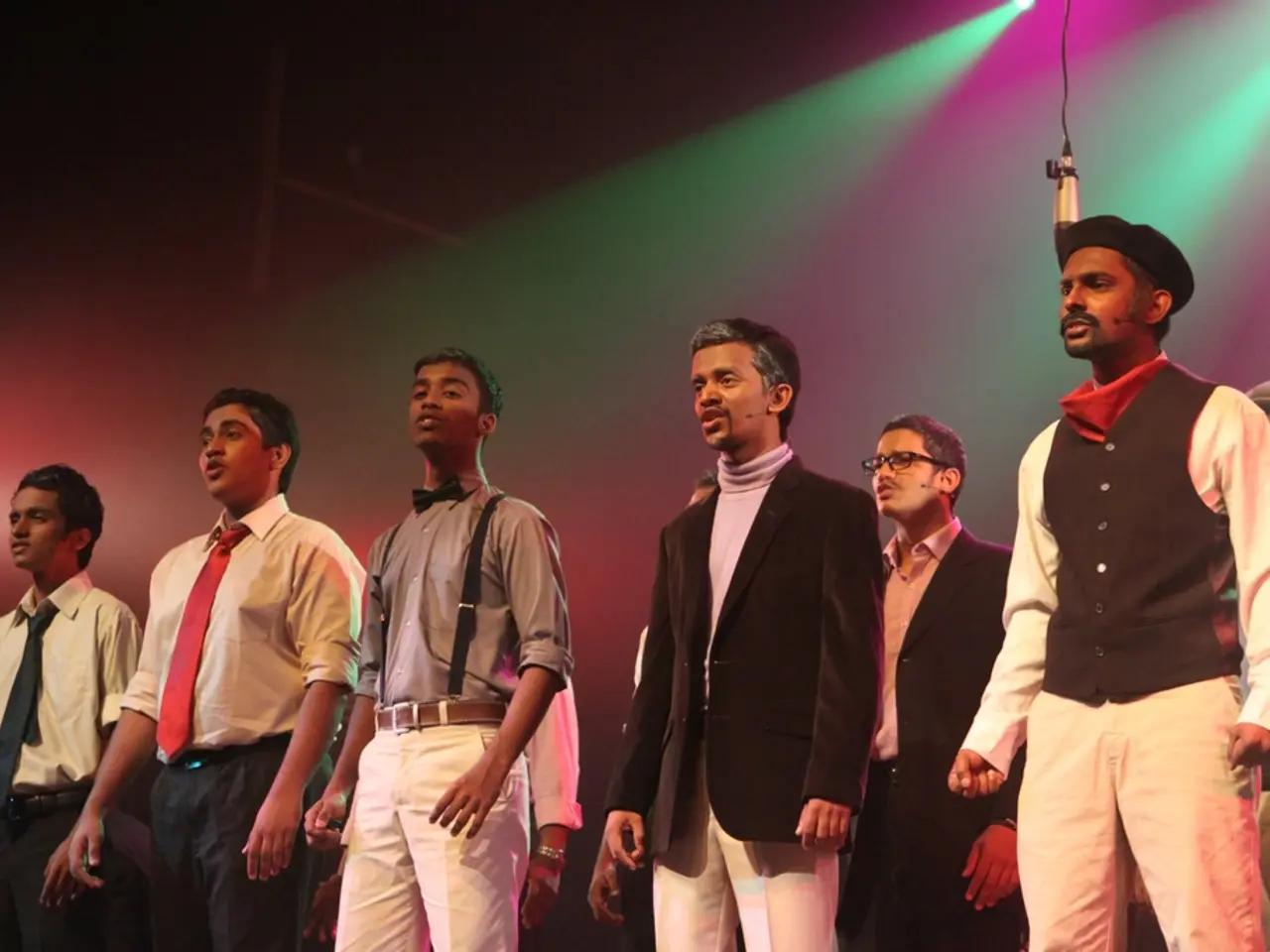Cinematic events potentially favoring specific film genres or aesthetic approaches in their program selections.
In the realm of cinematic storytelling, film festivals serve as a vibrant platform for diverse voices and perspectives. However, a debate persists regarding potential biases in festival selections that may favour certain genres, styles, or filmmakers.
Hosting dedicated segments for underrepresented genres like experimental films, documentaries, or animated features can provide a platform for diverse storytelling, fostering innovation and pushing filmmakers to explore new narrative structures and bold visual storytelling. Genre films, such as horror, sci-fi, and fantasy, are increasingly featured in film festivals, reflecting a broader acceptance of varied storytelling techniques.
Community engagement and local involvement in the selection process can enrich the festival experience, amplifying the voices of filmmakers from all walks of life. Encouraging festival-goers to vote for their favourite films can democratize the selection process, ensuring every story has a chance to shine in the film festival circuit.
The rise of diverse categories like documentaries, animated films, genre films, and experimental cinema suggests a more inclusive approach in film festivals. This shift is not only reflected in the increasing presence of these genres but also in the critical acclaim they are receiving. Animated films, for instance, are now often receiving recognition in film festivals.
However, the systemic preference for prestige and familiarity continues to influence which films gain visibility and validation. Many festivals rely on a "prestige-first" approach in programming decisions, favouring filmmakers with prior recognition or affiliations to major festivals, often regardless of the originality of their current work. This creates a feedback loop prioritizing the "safe" and well-known, sidelining newcomers with potentially groundbreaking projects.
On the other hand, some festivals actively analyse submission and selection data to identify underrepresented voices, such as LGBTQ+ filmmakers or creators from specific regions, aiming to balance their programming through targeted outreach and diverse review committees that reflect a wide range of tastes and identities. For instance, the 2025 Sundance Film Festival’s lineup included 42% first-time feature directors and a significant share of world premieres, showcasing efforts to spotlight fresh voices.
The impact of these biases is significant. By favouring certain genres or styles, festivals may implicitly signal what kinds of stories and cinematic techniques are valued in the industry. This can shape funding decisions, audience expectations, and filmmaker career trajectories, potentially marginalizing experimental or culturally diverse films that challenge conventional norms. Over time, this may lead to a more homogeneous film landscape, slowing the evolution of filmmaking as an art form.
Therefore, while some festivals are working consciously to counteract these biases, it is essential for the industry as a whole to embrace strategies that ensure every story has a chance to shine. Creating categories for niche genres like experimental films or animated shorts can give them the attention they deserve. Diverse programming committees can ensure a broader spectrum of films are given fair consideration. The festival trend of favouring independent, avant-garde, and socially conscious films can significantly influence the trajectory of filmmaking, fostering a more inclusive and innovative cinematic landscape.
- The director of a documentary may struggle to gain recognition at film festivals due to systemic biases that favor certain genres and filmmakers.
- The 2025 Sundance Film Festival aimed to balance its programming by targeting underrepresented voices, such as first-time feature directors, in an effort to foster new talent.
- A vibrant platform for diverse cinematic storytelling, film festivals can enrich the filmmaking landscape through the inclusion of genres like animation, experimental films, and documentaries.
- The filmmaker responsible for an indie cinema project may find it challenging to gain visibility in the film festival circuit due to the preference for prestigious and established filmmakers.
- Experimental and culturally diverse films, often challenging conventional norms, may be marginalized in the film industry due to biases signaled by festival selections.
- By creating categories for niche genres like experimental films or animated shorts, film festivals can ensure these films gain the attention they deserve and contribute to a more innovative and inclusive cinematic landscape.
- Encouraging the democratization of the selection process, such as allowing festival-goers to vote for their favorite films, can help to ensure every story has an opportunity to shine in the competitive film festival circuit.








